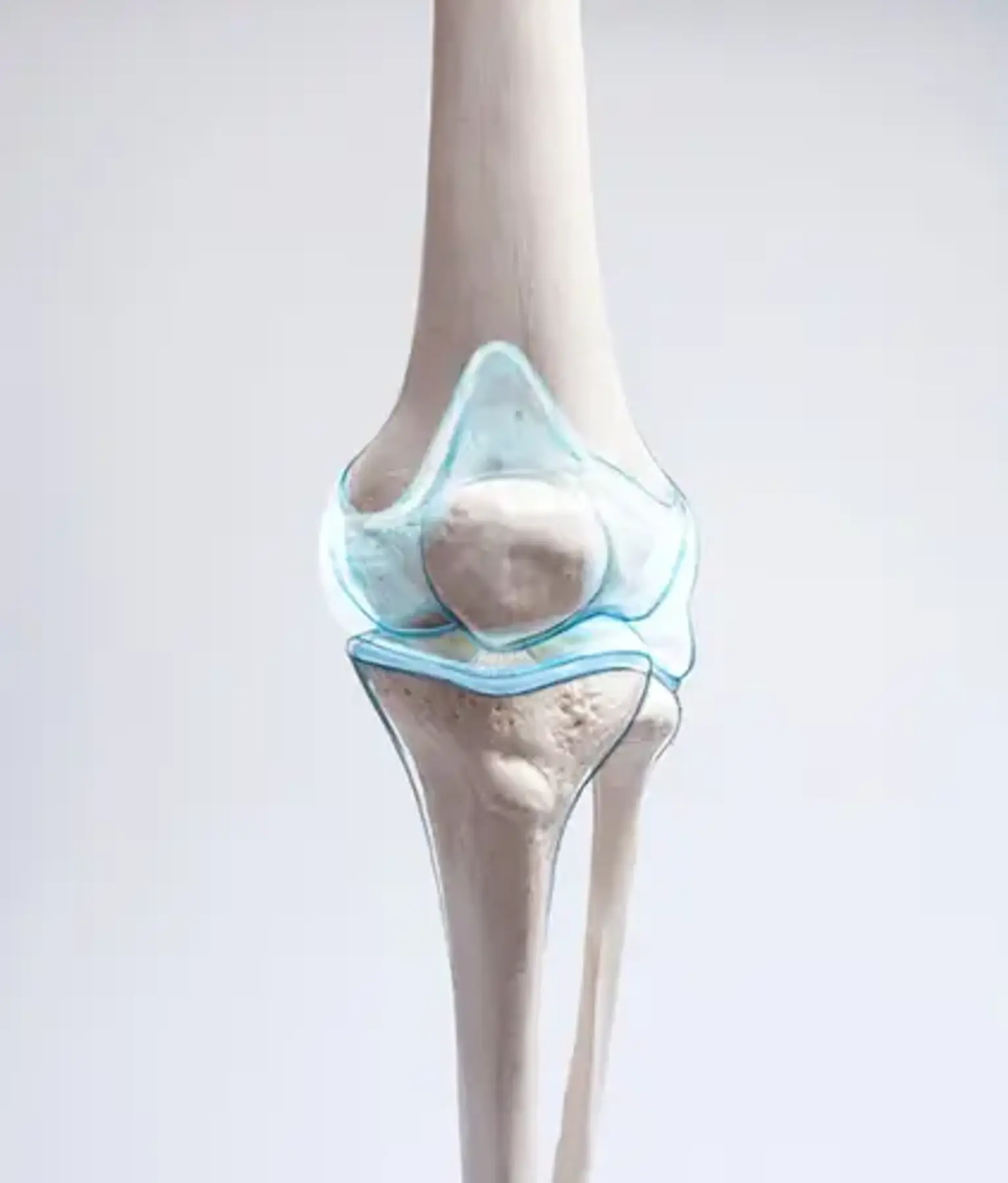Bone and Cartilage Transplantation
Full-thickness cartilage abnormalities can be treated with osteochondral grafts. Patients who suffer from focal cartilage abnormalities have a wide range of therapeutic choices. Different methods for treating cartilage problems have been described. There is little prospect of self-repair when the defect is full thickness. For lesser problems, micro-fracture surgery has traditionally been used. Repeated weight-bearing and compressive stresses, which can be harmful to the joint over time and be connected to worse patient outcomes, boost healing through the production of fibrocartilage, which is not ideal. The use of autologous cells in other treatments has been described. The drawback of autologous chondrocyte implantation, which involves inserting chondrocytes into the defect and stitching them in place, has been noted as being the procedure's technical complexity; nonetheless, it may be a good option for larger lesions. A single plug or several plugs may be utilized in osteochondral graft transplantation to fill a bigger lesion.
What is Bone and Cartilage Transplantation
Bone and cartilage transplantation is a treatment for cartilage injuries that uncover underlying bone. A piece of tissue called an osteochondral graft is taken from the patient himself or a deceased donor and contains both bone and cartilage. It is used to replace damaged cartilage that lines the ends of bones in a joint. To repair the damage, the graft tissue is transplanted after being precisely sculpted to match the defect in the patient's damaged joint.
